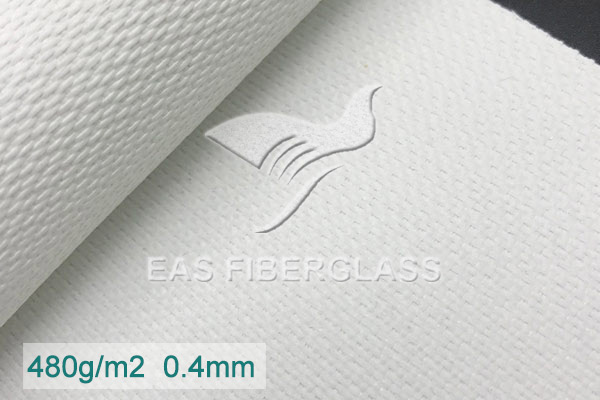PU coated fiberglass fabric is a type of composite material made by laminating a layer of polyurethane (PU) onto a base fabric woven from fiberglass yarns. This composite material combines the strength and durability of fiberglass with the flexibility and waterproofing properties of polyurethane.
Here are some key characteristics and applications of PU coated fiberglass fabric:
-
Strength and Durability: Fiberglass is known for its high tensile strength, making it resistant to stretching and tearing. The PU coating further enhances the fabric's durability, providing additional protection against abrasion, punctures, and wear.
-
Waterproof and Weather-resistant: The polyurethane coating adds waterproofing properties to the fabric, making it resistant to water penetration. This makes PU coated fiberglass fabric suitable for outdoor applications where exposure to moisture, rain, or harsh weather conditions is expected.
-
Flexibility and Versatility: Despite its strength, PU coated fiberglass fabric remains flexible and pliable, allowing it to conform to various shapes and contours. This versatility makes it suitable for a wide range of applications, including curved surfaces and irregular shapes.
-
Chemical Resistance: PU coated fiberglass fabric offers resistance to many chemicals, oils, solvents, and fuels, making it suitable for use in industrial settings where exposure to corrosive substances is a concern.
-
Heat and Flame Resistance: Fiberglass inherently has high heat resistance properties, and the PU coating can further enhance its ability to withstand heat and flames. This makes PU coated fiberglass fabric suitable for applications where exposure to high temperatures or flames is expected.
-
Electrical Insulation: Fiberglass is an excellent electrical insulator, and the PU coating provides additional insulation properties. This makes PU coated fiberglass fabric suitable for applications where electrical insulation is required, such as in electrical equipment enclosures or insulation blankets.
-
Applications: PU coated fiberglass fabric finds applications in various industries, including aerospace, automotive, marine, construction, industrial manufacturing, and outdoor gear. Common uses include protective covers, tents, awnings, flexible ducting, insulation jackets, conveyor belts, and industrial curtains.
Overall, PU coated fiberglass fabric offers a combination of strength, durability, flexibility, and weather resistance, making it a versatile material suitable for a wide range of industrial and commercial applications.
